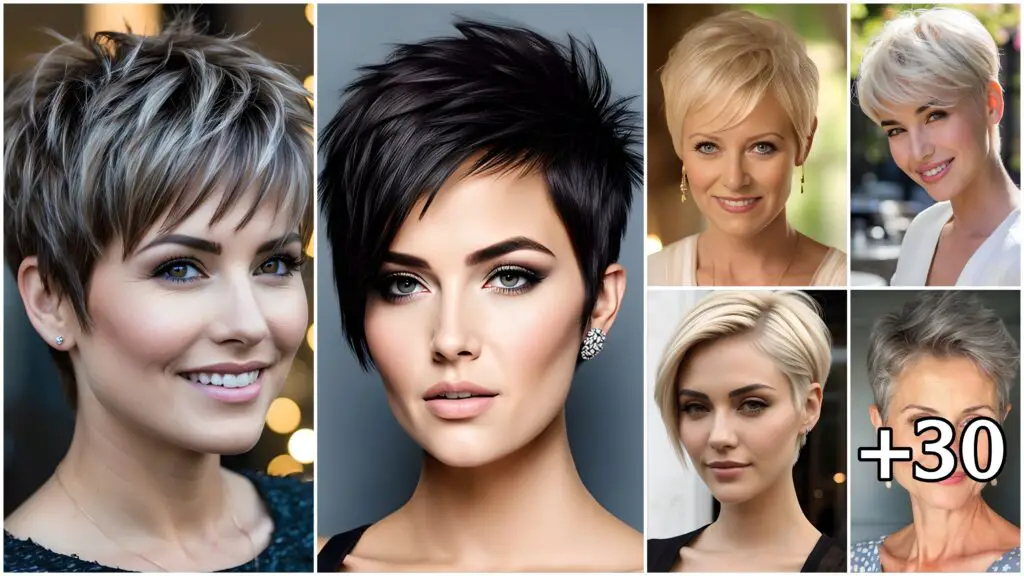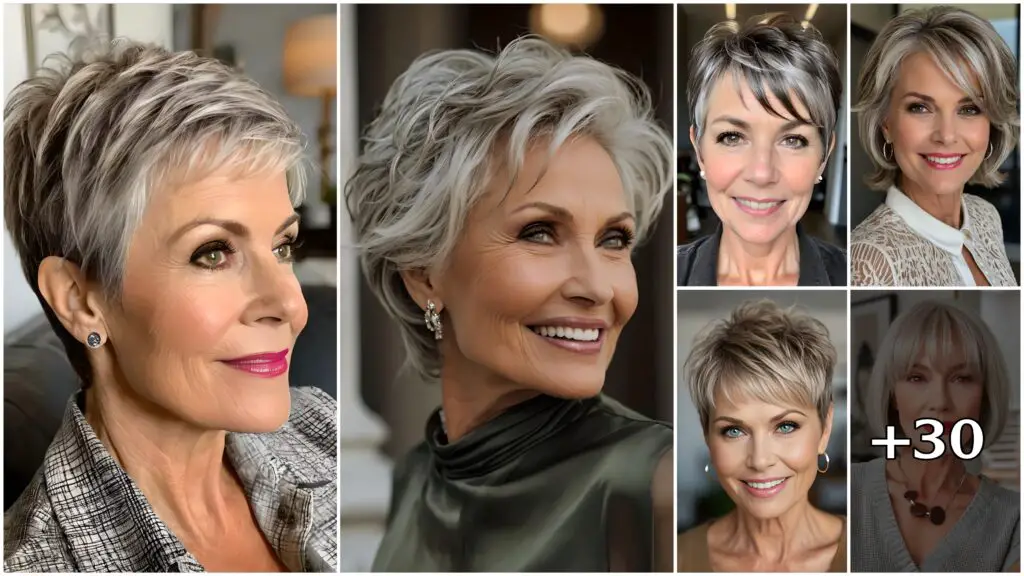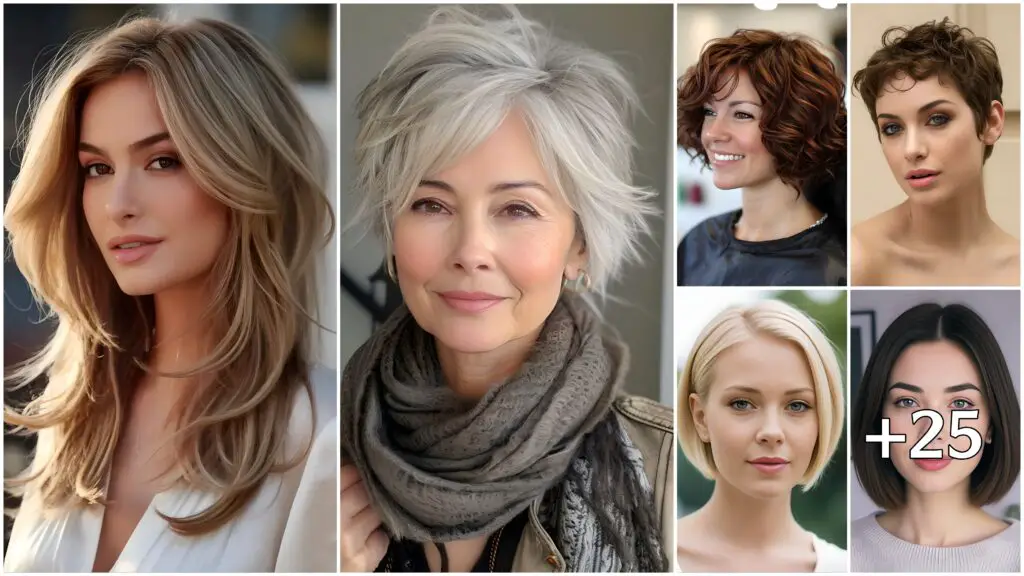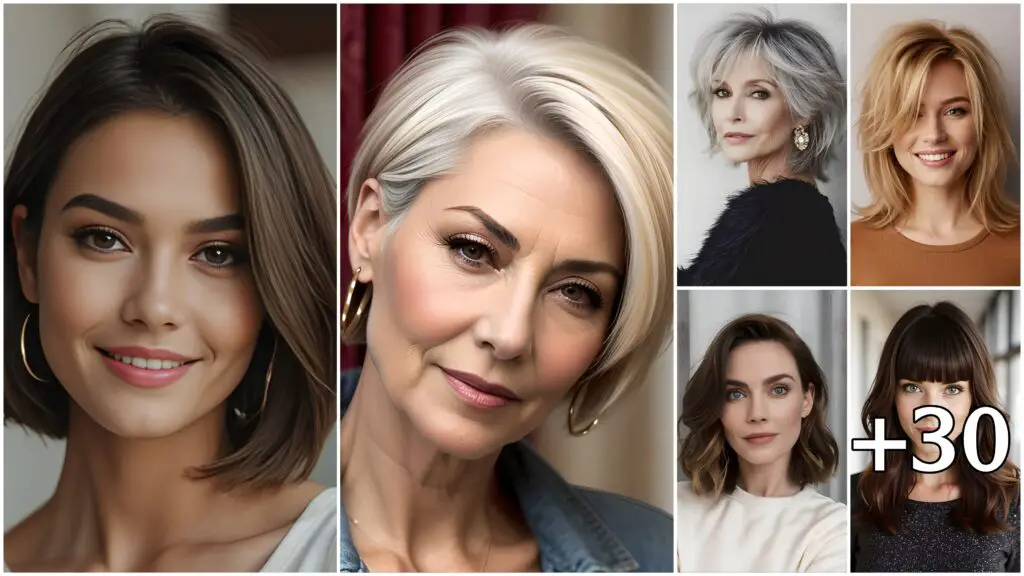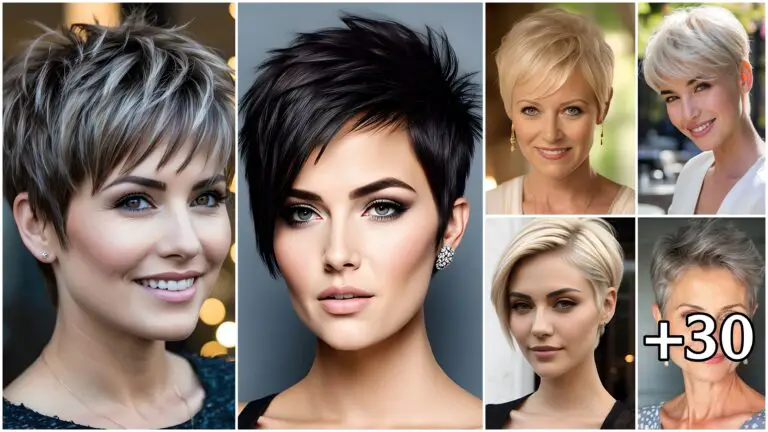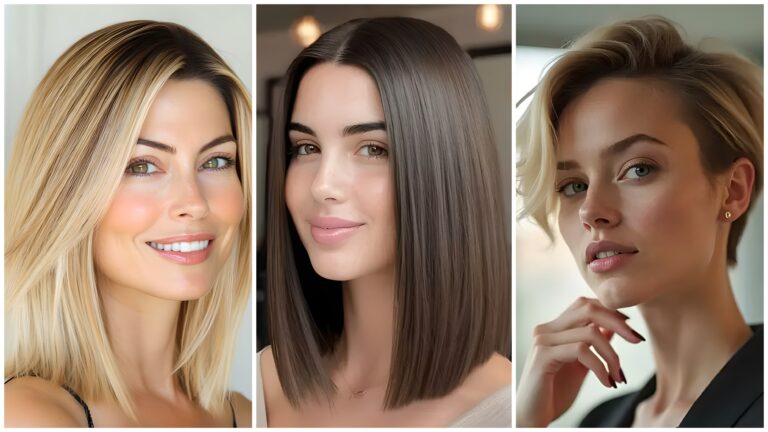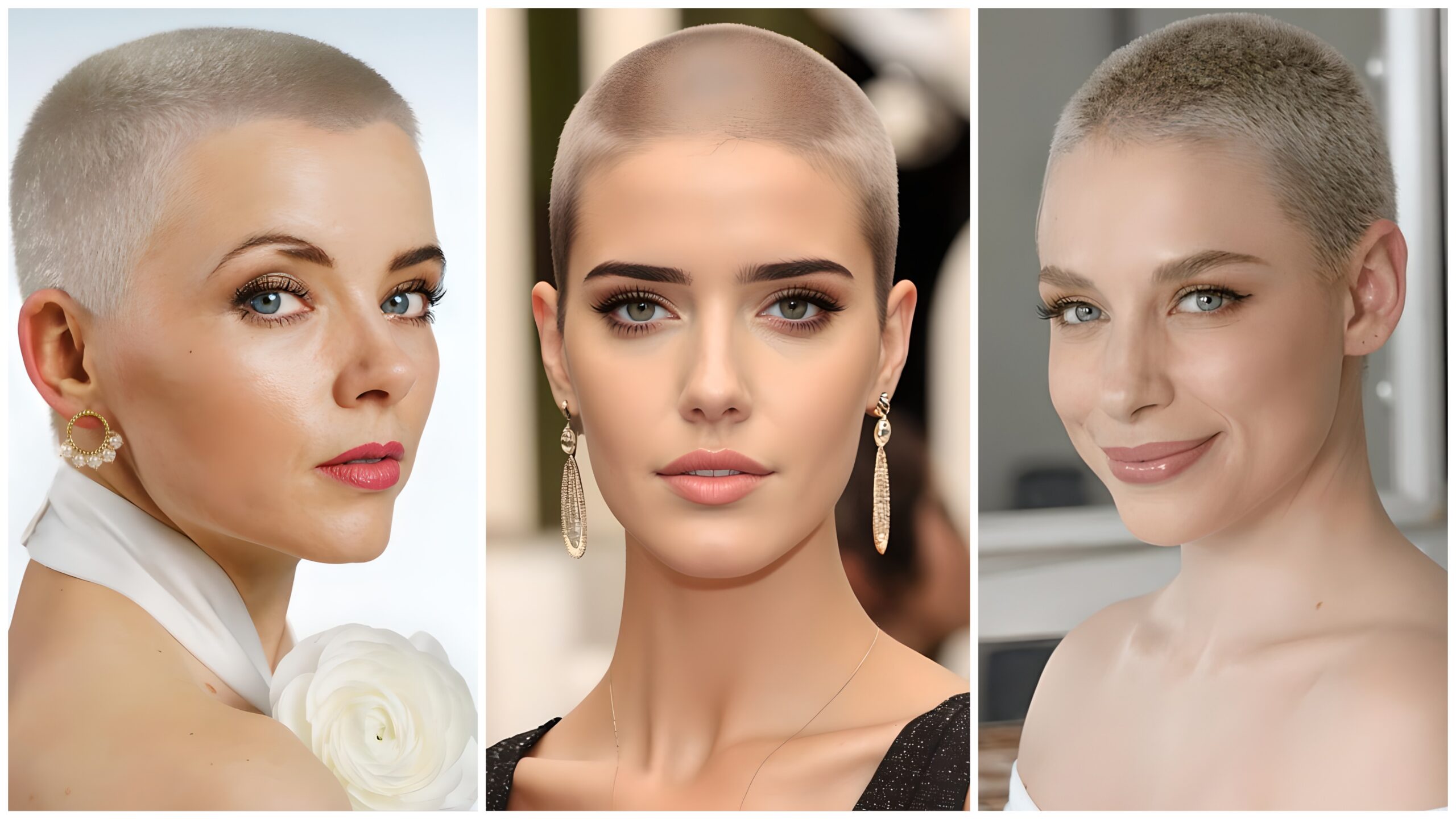
How to Care for Your Hair After a Big Chop: A Comprehensive Guide for Women
Share your love
The big chop is a liberating and transformative experience for many women. Whether you’re transitioning from relaxed to natural hair, starting fresh after damage, or simply embracing a bold new look, cutting your hair short is a powerful statement. However, the journey doesn’t end at the salon chair. Post-chop care is crucial to ensure your hair grows healthy, strong, and beautiful.
In this guide, we’ll dive deep into the best practices for caring for your hair after a big chop. From understanding your hair type to creating a tailored routine, we’ll cover everything you need to know to nurture your tresses and achieve your hair goals.
1. Understanding Your Hair After the Big Chop
What Happens to Your Hair After a Big Chop?
The big chop involves cutting off all or most of your relaxed, damaged, or chemically treated hair, leaving you with a short, natural style. This fresh start allows your natural hair texture to shine, but it also means your hair is in a vulnerable state.
After the chop, your scalp and hair are exposed to the elements, and your hair’s natural oils have a shorter distance to travel, which can make your scalp feel oilier or drier than usual. Additionally, short hair requires different care techniques compared to longer lengths.
Identifying Your Hair Type and Texture
Knowing your hair type is essential for creating an effective care routine. Hair types are categorized into four main groups:
- Type 1: Straight
- Type 2: Wavy
- Type 3: Curly
- Type 4: Coily
Within these categories, there are sub-types (A, B, C) that describe the tightness of your curls or coils. Understanding your hair type will help you choose the right products and techniques to keep your hair healthy.
2. Building a Post-Chop Hair Care Routine
Step 1: Cleansing Your Scalp and Hair
After a big chop, your scalp may feel tender or sensitive. Use a gentle, sulfate-free shampoo to cleanse your scalp without stripping away natural oils. Focus on massaging your scalp to stimulate blood flow, which promotes healthy hair growth.
How often should you wash your hair? This depends on your hair type and lifestyle. For example:
- Type 1 and 2: Every 2-3 days
- Type 3 and 4: Once a week or every 10 days
Step 2: Deep Conditioning for Moisture
Short hair can still suffer from dryness, especially if it’s curly or coily. Deep conditioning is a must to keep your hair hydrated and soft. Look for conditioners with ingredients like shea butter, coconut oil, and aloe vera.
Apply the conditioner to your hair, cover it with a plastic cap, and let it sit for 20-30 minutes. Rinse thoroughly to avoid product buildup.
Step 3: Moisturizing Daily
Moisture is key to maintaining healthy hair after a big chop. Use a leave-in conditioner or moisturizer daily to keep your hair hydrated. For extra moisture, try the LOC (Liquid, Oil, Cream) method:
- Liquid: Spray your hair with water or a water-based leave-in conditioner.
- Oil: Seal in the moisture with a lightweight oil like jojoba or argan oil.
- Cream: Apply a moisturizing cream to lock in hydration.
Step 4: Protecting Your Hair at Night
Even with short hair, nighttime protection is essential. Use a satin or silk bonnet, scarf, or pillowcase to prevent friction and retain moisture. If your hair is very short, you can lightly moisturize it before bed and wrap it with a satin scarf.
3. Styling Your Hair After a Big Chop
Experimenting with Styles
One of the best parts of a big chop is the versatility of short hair. Here are some styling ideas:
- Twist-Outs and Braid-Outs: Create defined curls or waves by twisting or braiding your hair and unraveling it once dry.
- Wash-and-Go: Apply a curl-defining product and let your natural texture shine.
- Accessorize: Use headbands, scarves, or hair jewelry to add flair to your look.
Avoiding Heat Damage
While it’s tempting to use heat tools to style your hair, excessive heat can cause damage. If you must use heat, always apply a heat protectant and use the lowest setting possible.
Trimming Regularly
Regular trims are essential to maintain the shape of your style and prevent split ends. Aim to trim your hair every 6-8 weeks.
4. Nourishing Your Hair from Within
Eating a Balanced Diet
Healthy hair starts from the inside. Include these nutrients in your diet:
- Protein: Eggs, fish, and beans promote hair growth.
- Vitamins A and C: Sweet potatoes, carrots, and citrus fruits boost scalp health.
- Omega-3 Fatty Acids: Salmon, walnuts, and flaxseeds add shine and strength.
Staying Hydrated
Drinking enough water is crucial for maintaining hydrated hair and scalp. Aim for at least 8 glasses of water a day.
Taking Supplements
If your diet lacks essential nutrients, consider taking hair vitamins like biotin, collagen, or multivitamins. Always consult a healthcare professional before starting any supplement regimen.
5. Protecting Your Hair from Environmental Damage
Shielding from the Sun
UV rays can dry out and damage your hair. Wear a hat or use hair products with UV protection when spending time outdoors.
Avoiding Harsh Chemicals
Steer clear of products containing sulfates, parabens, and alcohol, which can strip moisture from your hair.
Limiting Chlorine Exposure
If you swim, wet your hair with clean water and apply a leave-in conditioner before entering the pool. Rinse your hair thoroughly afterward to remove chlorine.
6. Embracing the Journey
Be Patient with Growth
Hair grows at an average rate of half an inch per month. Be patient and focus on maintaining healthy hair rather than obsessing over length.
Celebrate Your Unique Texture
Every hair type is beautiful. Embrace your natural texture and experiment with styles that make you feel confident.
Join a Community
Connecting with other women who’ve done the big chop can provide support and inspiration. Join online forums, social media groups, or local meetups to share tips and experiences.
7. Troubleshooting Common Post-Chop Issues
Dryness
If your hair feels dry, increase your moisturizing routine and avoid heavy products that can weigh down your hair.
Itchy Scalp
An itchy scalp may indicate product buildup or sensitivity. Clarify your scalp with an apple cider vinegar rinse or switch to gentler products.
Breakage
Breakage can occur if your hair lacks moisture or protein. Incorporate protein treatments into your routine and handle your hair gently.
8. Recommended Products for Post-Chop Care
Here are some tried-and-true products to help you care for your hair:
- Shampoo: SheaMoisture Coconut & Hibiscus Curl & Shine Shampoo
- Conditioner: TGIN Honey Miracle Hair Mask
- Leave-In Conditioner: Cantu Shea Butter Leave-In Conditioning Repair Cream
- Oil: Jamaican Black Castor Oil
- Styling Gel: Kinky-Curly Original Curling Custard
The big chop is more than just a haircut it’s a journey of self-discovery and empowerment. By understanding your hair’s needs and implementing a consistent care routine, you can nurture your tresses and achieve healthy, beautiful hair.
Remember, the key to post-chop care is patience and consistency. Celebrate every stage of your hair journey, and don’t be afraid to experiment with styles and products. With the right care, your hair will thrive, and you’ll feel confident and radiant every step of the way.
So, embrace your new look, pamper your hair, and enjoy the freedom that comes with the big chop.
